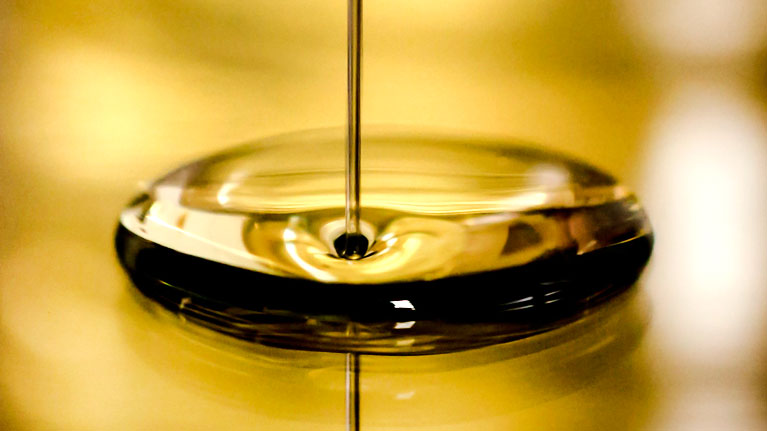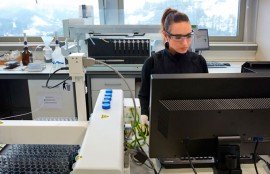
Stationary gas engines have evolved with the aim of maximising their efficiency and performance. This evolution has brought about new technological challenges for the lubricants which are to be used in these applications.
The trends with gas engines, as well as the challenges faced by the lubricant, can be resumed in the following points:
- Increased concentration of power (BMEP)
- Decreased specific consumption of oil (g/kWh) with the aim of reducing the emission of particles and guaranteeing the integrity and useful life of the gas treatment systems: catalytic converters
- Extension of oil-changing intervals
- Reduction of the capacity of the lubrication systems (less oil vs. increased power)
- Enrichment of the air/gas mix (Lean-Burn): High temperatures and greater NOx (severe nitration, which leads to a high risk of the formation of sludge and varnishes, as well as an increase in viscosity)
- Lower resistance to the formation of combustion deposits:
- High sensitivity to the control of explosions/pre-ignition
- Cleaning and performance of the turbochargers
- Maximum performance of heat generation systems
- Quality/composition of alternative gasses (Lubricant’s capacity to adapt to a variable and demanding working environment)
- Lengthen the revision/maintenance intervals of the upper (valve blocks) and middle parts of the engine (pistons, rings and liners), whilst maintaining the performance of the engine (wear control and formation of waste and lacquers)
This context therefore implies the necessity to seek the maximum synergy between the engine and the lubricant oil.


